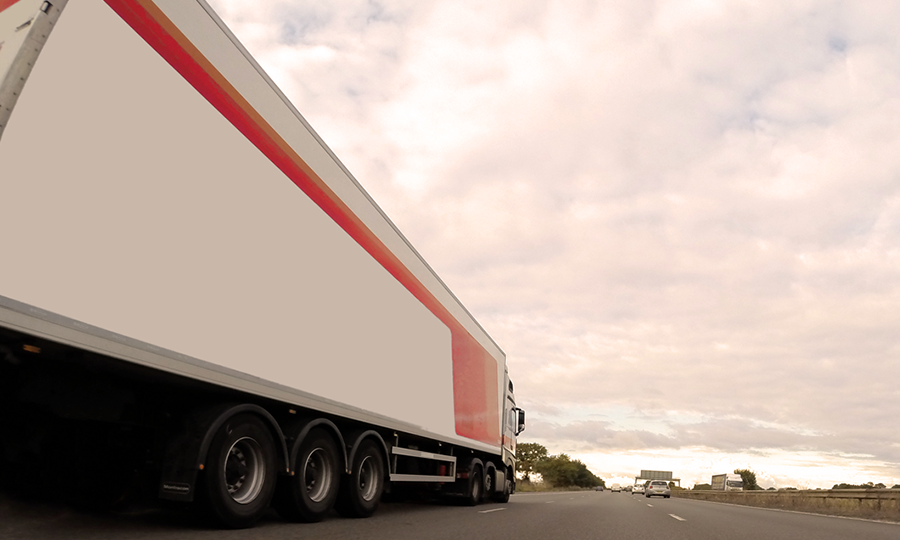In a year that has apparently seen good trade recovery in Europe, the port of Antwerp hit record freight volumes for the fifth straight year in a row in 2017, handling 223.61m tonnes of freight, 4% higher than the year before.
The gains were driven by good performances in all sectors except dry bulk and the roro segment was especially buoyant growing 11% to 5.1m tonnes, the port authority said in a press release.
Liquid bulk cargo rose by 6% to 73.1m tonnes and breakbulk was up 5% to 10.3m tonnes, while dry bulk slid 4% to 12.2m tonnes.
Antwerp Port Authority ceo Jacques Vandermeiren said: “Finishing the year with such strong growth figures gives us confidence for the future. In 2018 we seek to build further on the momentum of the previous year. This means that we will take the entire world as the scale for our decisions, with maximum facilitation for our customers as the basis.”
In the container segment throughput rose 4% to 10.5m teu the last quarter of the year seeing the biggest gains, rising 7% compared with the previous corresponding period. The port also saw record monthly volumes of more than 900,000 teu in May, August and October, typically high season months.
The North America trade lane, which rose 12%, was the best performing trade for Port of Antwerp and among trading partners, the US was the busiest, where overall growth in the volume of laden containers grew 10%.
The Latin America and Far East trades were the next busiest, rising 9% and 8% respectively.
In contrast trade with the rest of Europe, traditionally Antwerp’s biggest trading partner, saw volume fall 4%, due partly to the loss of transshipment boxes.
“The favourable economic climate in combination with the big alliances that continue to opt resolutely for Antwerp means that container handling in Antwerp currently has the wind behind it,” Vandermeiren explained.
“In the coming years too we expect further growth in the container volume, and so in 2018 we will continue to work hard on providing additional container handling capacity in Antwerp,” he added,
The primarily steel trade-driven conventional breakbulk segment also made significant progress. Imports and exports of iron and steel rose 8% to 8.4m tonnes. The better performing steel industry and resultant spectacular growth in the import of raw iron and steel from India, which rose 91% to 520,209 tonnes, as well as steel imports from South Korea, Taiwan, Vietnam and Turkey made up for the drop in Chinese steel imports which were hit by EU anti-dumping measures.
Steel imports from China plunged 44% to 657,308 tonnes in 2017.
The number of cars handled by the Port of Antwerp was up by 4% to 1.24m units.
Another stand-out segment was the liquid bulk sector, where the last quarter saw its best ever volumes. The oil and products trade was behind a large part of this rise.
The increase in the total volume of liquid bulk was driven by an increase in the amount of crude oil handled, which rose by almost half to 6.0m tonnes. Products, which make up nearly three quarters of the total within this segment, also rose, increasing by 3%, to 52.9m tonnes.
Reflecting global trade patterns as well, the ongoing decline in coal volume, which plunged 54% to 477,515 tonnes caused overall dry bulk volume to fall by 4% to 12.2m tonnes. The slide in coal volumes was made up for in the fertilizer shipment trade, the port’s largest dry bulk sub-category, by a 4% rise to 3.7m tonnes. The ore volume also experienced strong growth of 13% to 2.4m tonnes.






